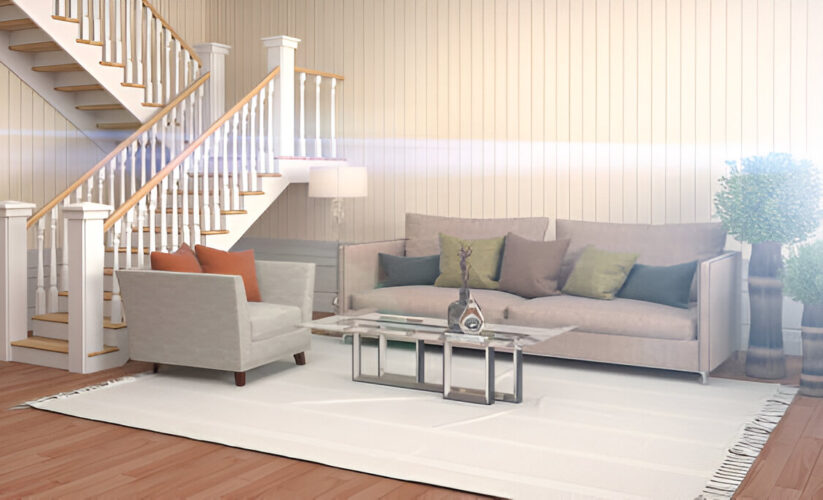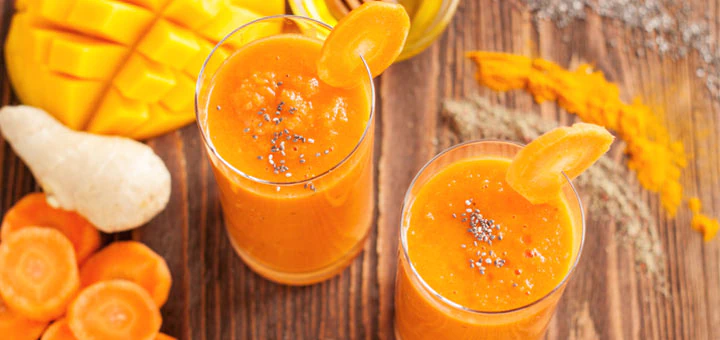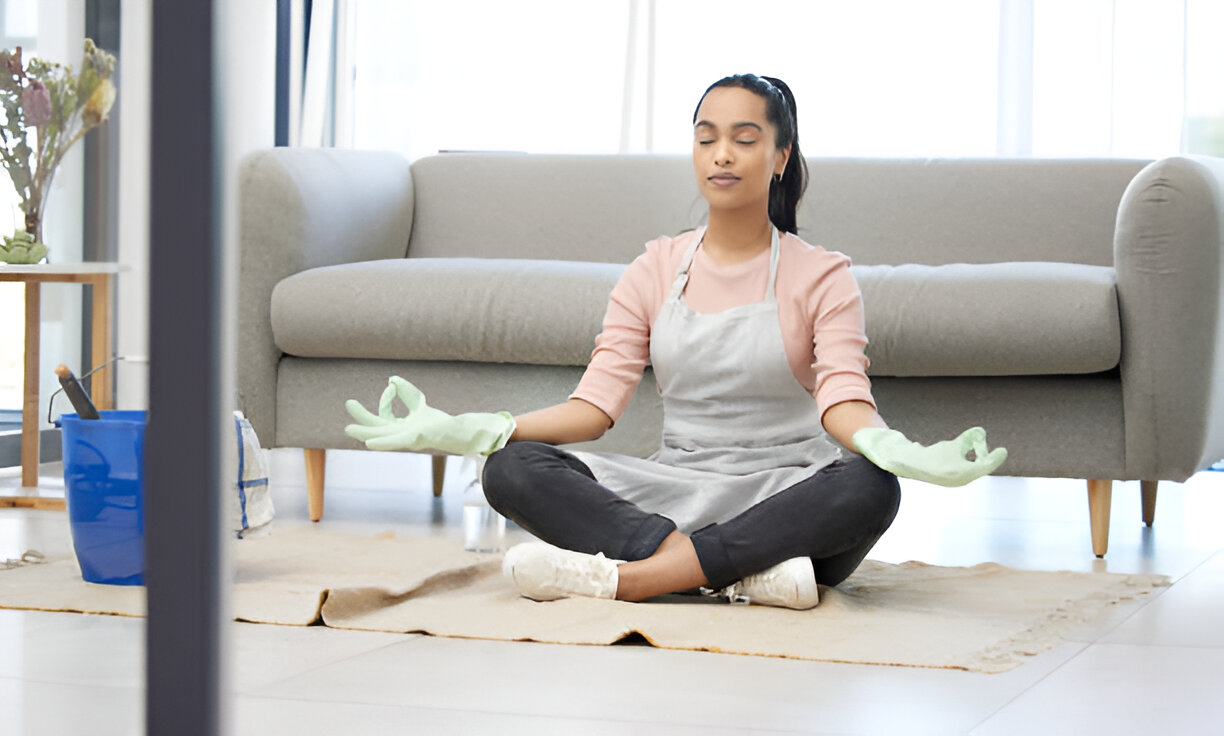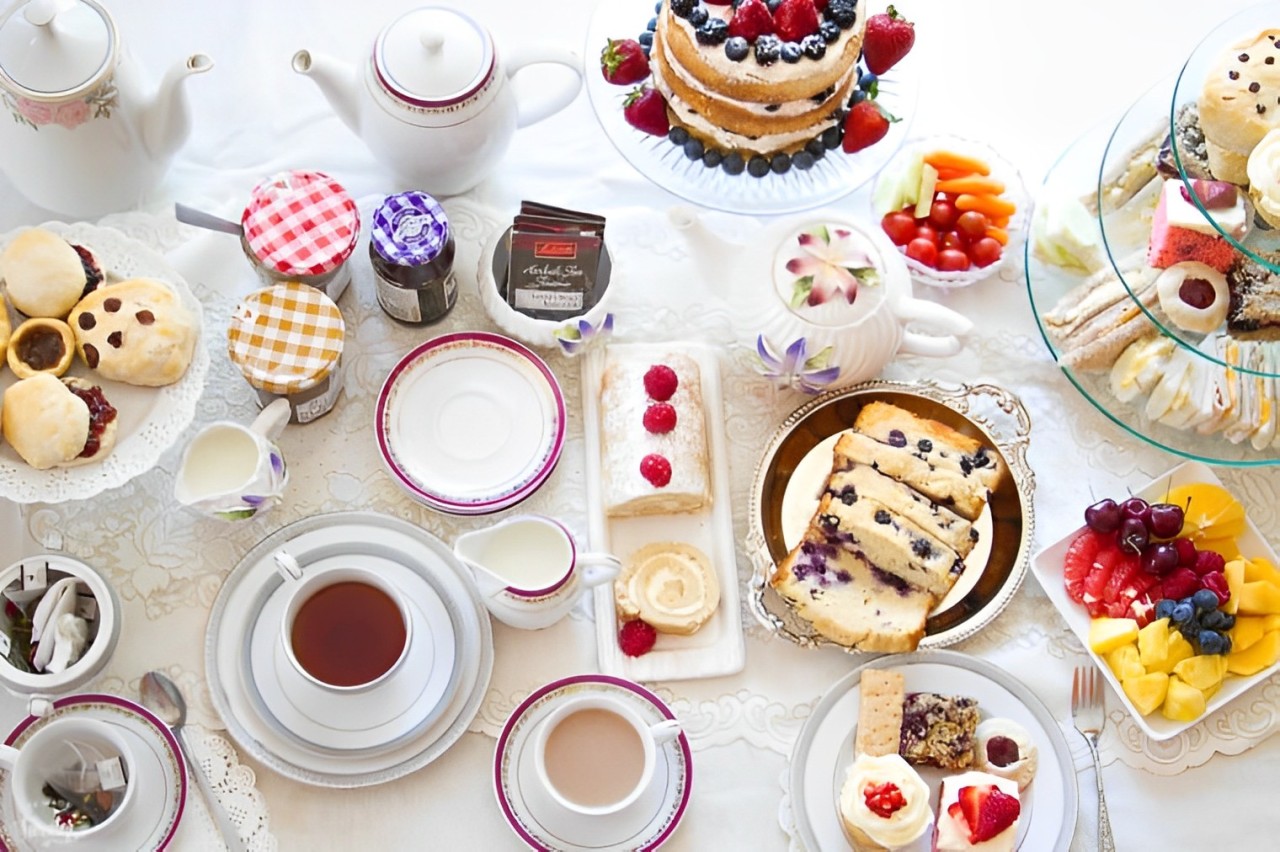
Clean Sweep
A greener solution is to dry-clean as few items as possible. Remove the plastic bag and hang any dry-cleaned clothes outside (or in a mudroom or garage ) to air out before wearing or hanging in your closet. Recycle the dry cleaning bags along with your grocery-store bags and return hangers to the dry cleaner.
Green Your Sheets
Typical linens are made with conventional cotton, which accounts for about 25 percent of the world's insecticide use, including some of the planet's most hazardous chemicals. What's more, linen manufacturers often use dyes derived from petroleum (a nonrenewable resource) in a highly polluting process that leaves chemicals gushing into waterways, ravaging aquatic habitats, and clinging to the sheets, towels, and pillowcases you bury your face in. The same environmental hazards that apply to conventional towels apply to conventional linens. Look for organic-cotton and sustainable-bamboo options.
Pick a Green Pillow
For a better night's sleep, choose a natural fill. Synthetics, such as polyester, draw on nonrenewable resources and can be more hospitable to allergy and asthma triggers. Among natural fills, go organic when possible, as chemicals used in conventional-fill production can contribute to headaches.
Eco-Friendly Paints
Eco-paints have now entered the mainstream as well. Home-supply stores increasingly carry a wide selection, sometimes in hundreds of colors, with zero or very low levels of volatile organic compounds (VOCs). VOCs are released in gas form by many of the things we use in our homes, from paints and office equipment (such as printers and copiers) to craft materials (like glues and permanent markers) and cleaning products.
Mild Mattress
Cover your old mattress with an organic wool or latex pad to reduce contact with PBDEs (polybrominated diphenyl ethers) which can be toxic.
Use the Air Flow
Cut down on air-conditioner use. Open windows on opposite sides of the room or, if they are all on one side, set up a fan near the opposite wall to direct the air flow. (This is more effective than placing a fan facing outward in the window to swoosh hot air from the room.) If your second story is oppressive while a lower floor is cool, try opening a window downstairs and venting heat as close to the top floor's ceiling as possible — by opening the top sash of a window, for example. Open windows wider on upper levels than on lower levels to increase air speed and cooling.
DIY Stain Remover
When tackling a stain, act quickly before it has a chance to set. Scoop up any solids with a dull-edged knife, and blot liquids with a white cloth, working from the outside in to avoid spreading. Dab the stain with cool water, or cool water and nontoxic dishwashing liquid. Sprinkle an oily stain with cornstarch and scrape up after 10 to 15 minutes, repeat as necessary, dab with water solution, and rinse. White vinegar, lemon juice, and hydrogen peroxide are all mild bleaches (test a discreet spot first) that can take care of many spots. Presoaking an item in nontoxic laundry detergent or oxygen bleach is another effective treatment.
Try Recycled Clothing
Like something straight out of “Project Runway,” two companies are giving new life to old clothes in the hopes of serving the planet and your closet simultaneously.




















